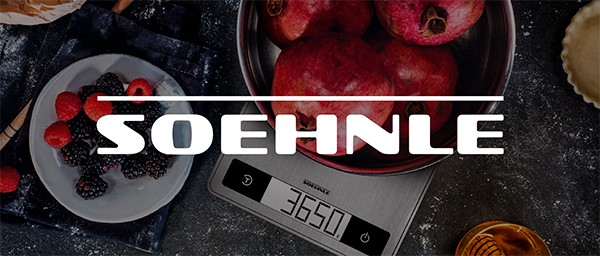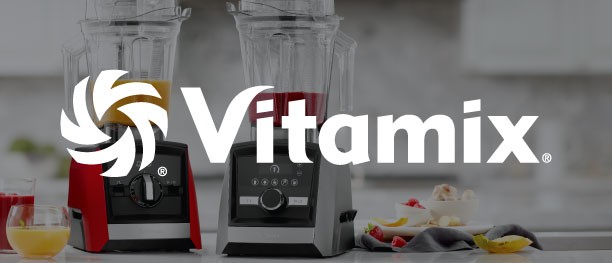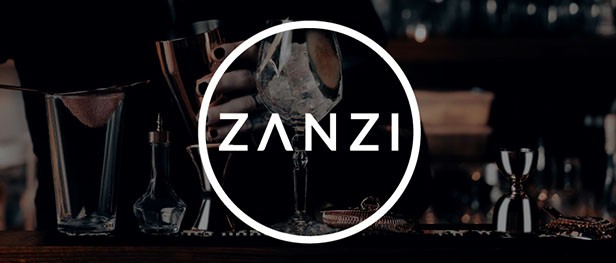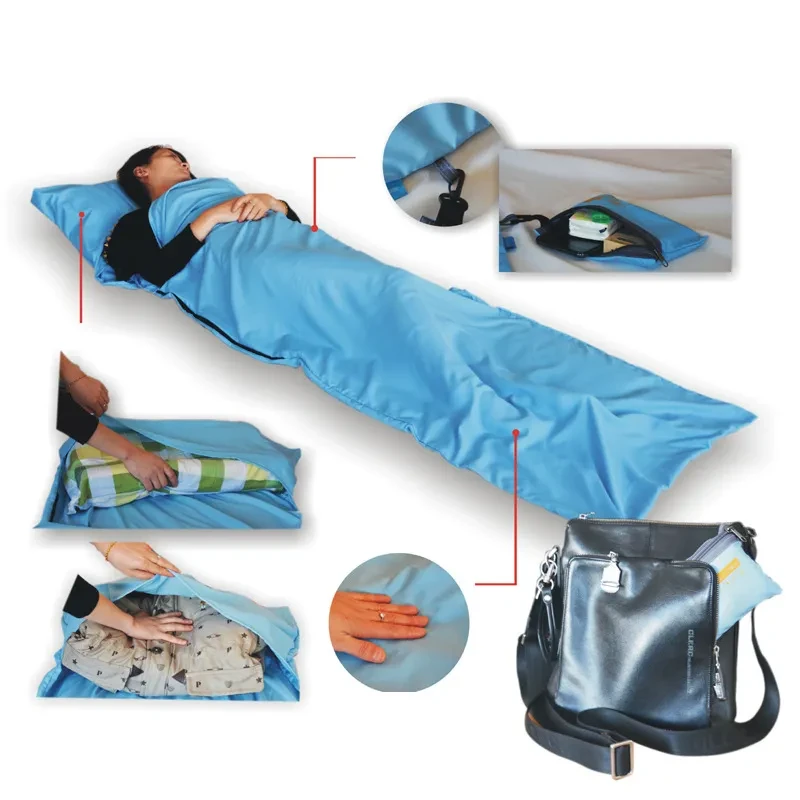
Sleeping Bag
Approx $24.12 USD
Specification
Fabric: Pongee
Structure: Envelope
Applicable people: Adults
Weight: 200 (g)
Color: Grey, sky blue, orange red, desert boat, blue tango
Specifications (length * width): 210x70 (cm)
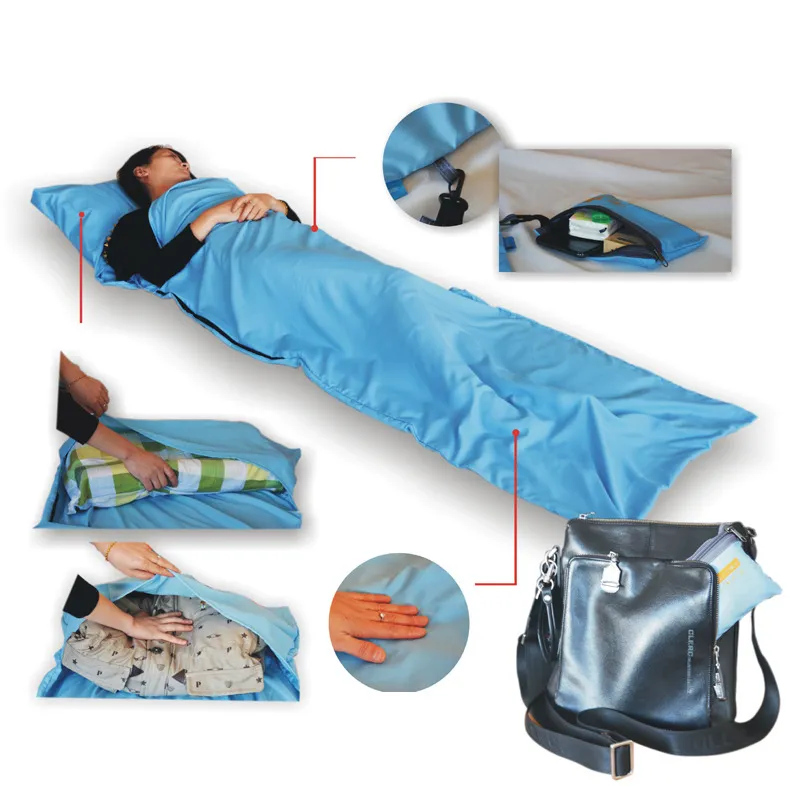
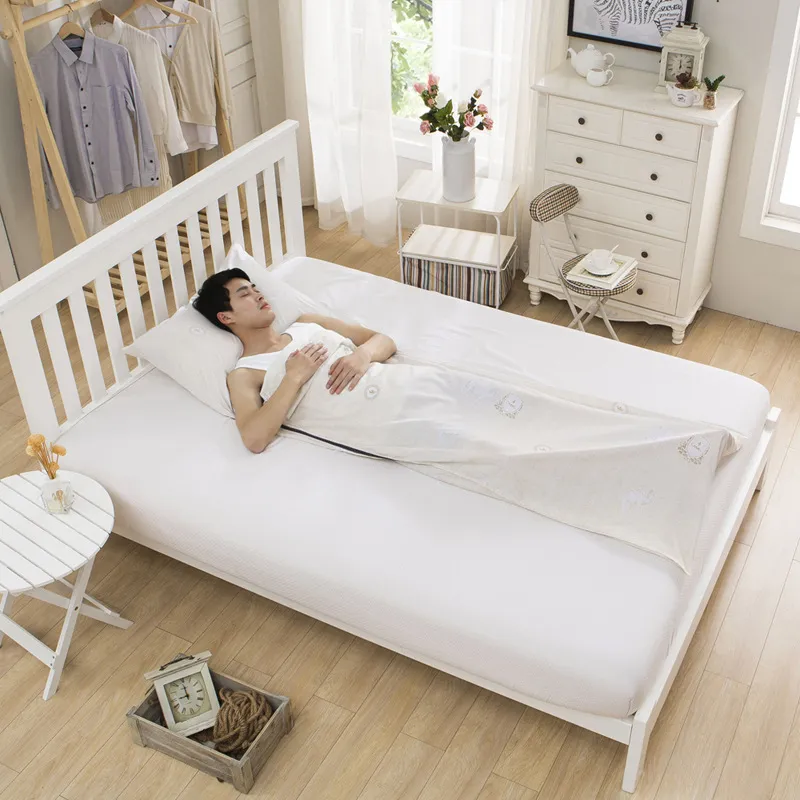
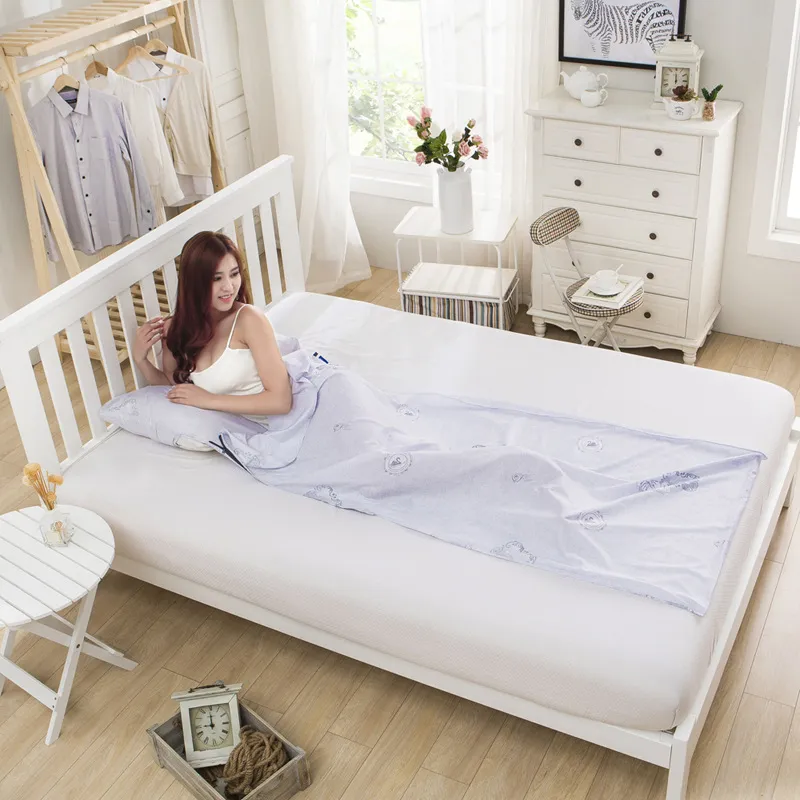

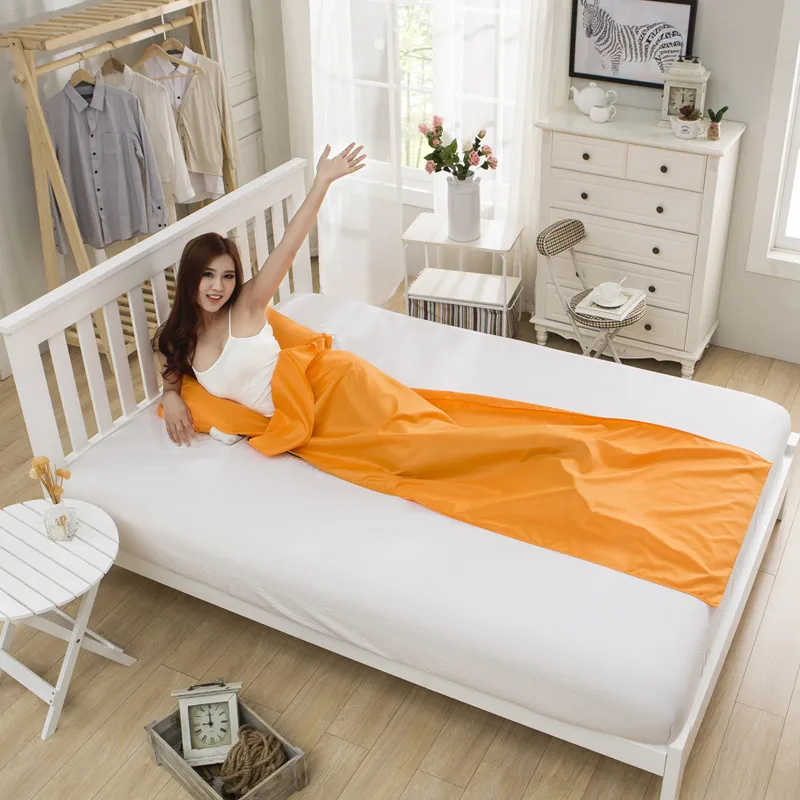
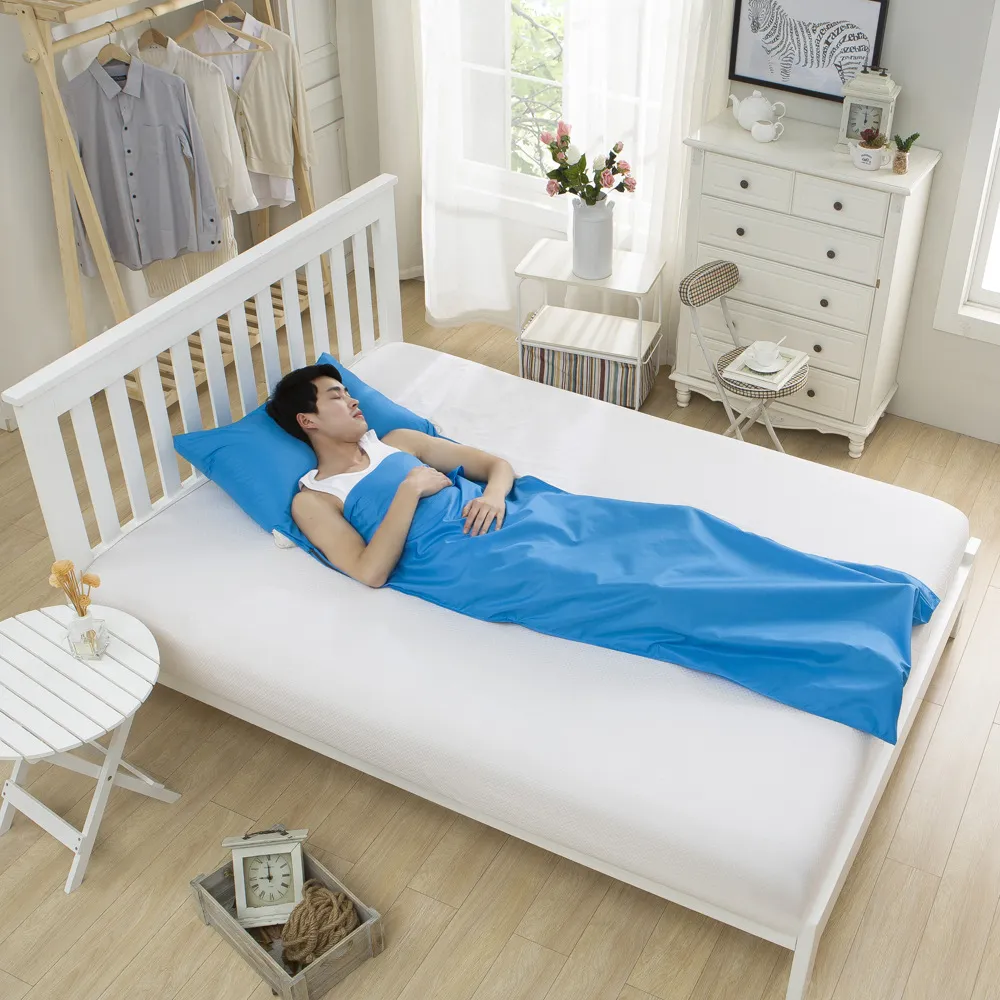
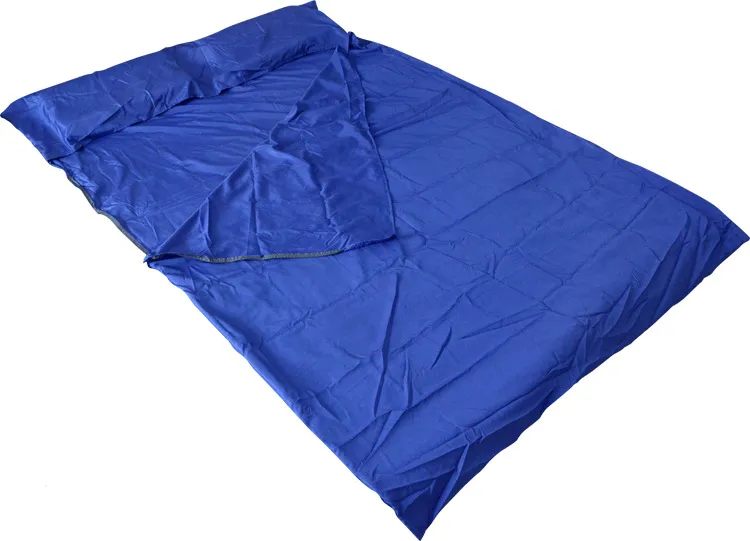
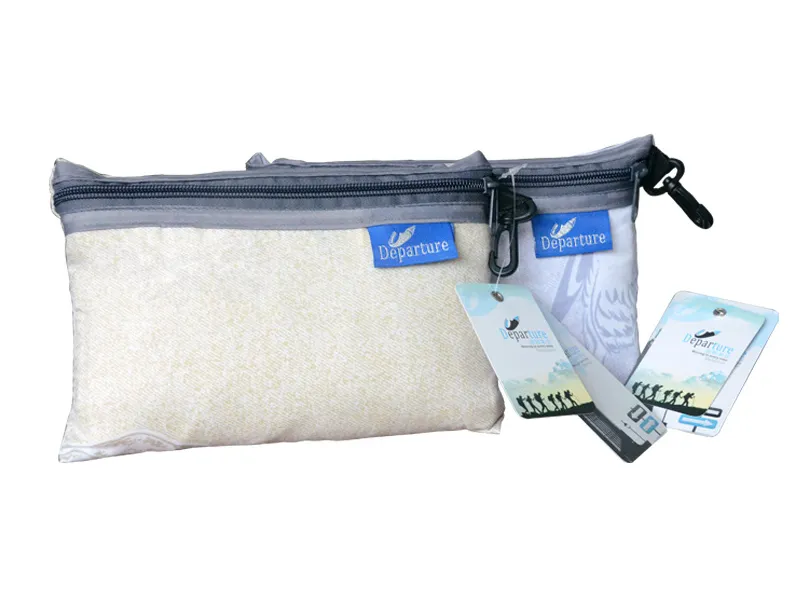
Complete Guide to Choosing Sleeping Bags in New Zealand
Introduction
Choosing the right sleeping bag is crucial for ensuring comfort and safety during outdoor activities, especially in New Zealand, which has a wide range of climates. Whether you’re planning to camp in summer, hike in the mountains, or explore the wild, selecting the appropriate sleeping bag will greatly affect your quality of sleep and your preparedness for the weather conditions.
🔍 Key Factors to Consider When Choosing a Sleeping Bag
1. Sleeping Bag Shapes
- Mummy: A tapered design that reduces extra space, keeping your body warmth intact. Ideal for cold weather camping and hiking.
- Rectangular: Offers more space and comfort, suitable for car camping or those who prefer moving around while sleeping.
- Semi-Rectangular: A hybrid between the mummy and rectangular shape, providing a balance between warmth and comfort.
- Quilt: A lightweight option without a bottom, perfect for experienced hikers who use an insulating mat.
2. Insulation Types
- Down: Lightweight, compressible, and highly efficient at retaining warmth. However, it loses insulation when wet and requires special care.
- Synthetic: Water-resistant, dries quickly, and is easier to maintain. Ideal for damp conditions or beginners.
3. Temperature Rating
It’s crucial to choose a sleeping bag with the appropriate temperature rating for the weather conditions. Below is a general guide to temperature ratings:
- Summer: If temperatures are above 10°C, go for a bag rated around 10°C to 15°C.
- Fall/Spring: For temperatures between 5°C to 10°C, choose a bag rated from 0°C to 5°C.
- Winter: If temperatures drop below 0°C, opt for a sleeping bag rated -5°C to -10°C or lower.
4. Size and Weight
Choose a sleeping bag that fits your body size. Most standard bags are around 180 cm long, but there are longer options for taller individuals.Weight is important for hikers and backpackers; go for a lightweight and compact option for efficiency.
5. Quality and Price
Investing in a quality sleeping bag will ensure comfort and durability in the long run. However, consider your budget as well. Here are some recommendations based on different categories:
🛒 Recommended Sleeping Bags in New Zealand
1. Macpac Dragonfly 400
A down sleeping bag with a -4°C temperature rating, perfect for 3-season camping in New Zealand.It’s lightweight and compact, making it ideal for hiking and backpacking.
2. Sea to Summit Spark SP2
An ultralight down sleeping bag with a temperature rating of 4°C (women) to -2°C (men), great for fast hiking and dry conditions.
3. Kathmandu Helium 600
A down sleeping bag with a -6°C rating, suitable for fall and cold weather hikes.It’s equipped with water-resistant features and is lightweight.
4. Coleman Brazos
A synthetic sleeping bag with a 0°C temperature rating, perfect for summer camping and offering great value for the price.
5. Patagonia Sleeping Bag
A high-quality sleeping bag with RDS down and eco-friendly materials.It’s ideal for wilderness adventures.
🧠 Additional Tips
- Use a Sleeping Bag Liner: Enhances warmth and keeps your sleeping bag clean.
- Consider an Insulating Mat: An insulating mat improves comfort and provides insulation from the ground.
-
Care Instructions: Follow care guidelines, especially for down sleeping bags, to maintain their performance and longevity.
The product may be provided by a different brand of comparable quality.
The actual product may vary slightly from the image shown.
Shop amazing plants at The Node – a top destination for plant lovers


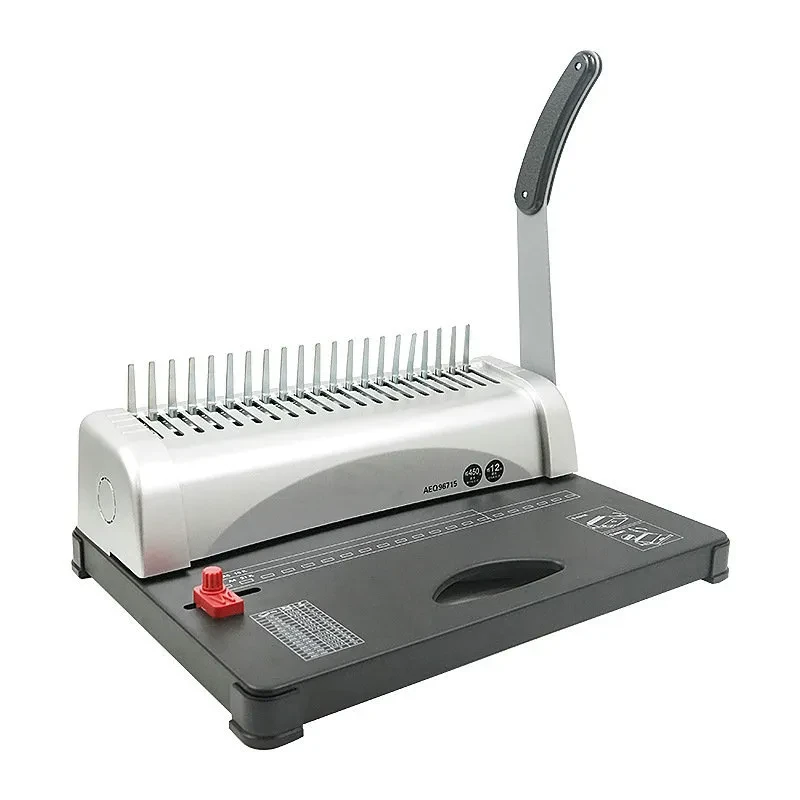
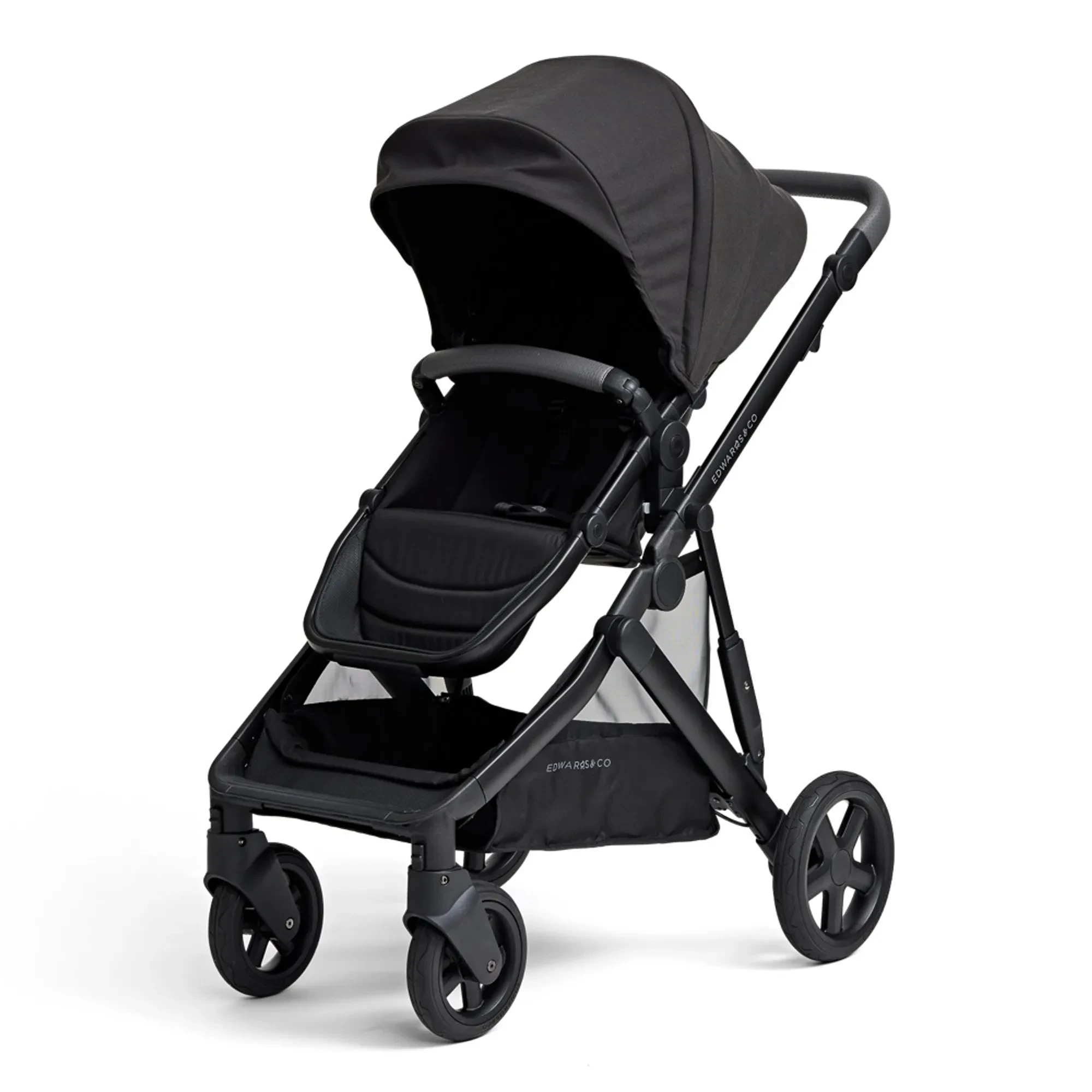
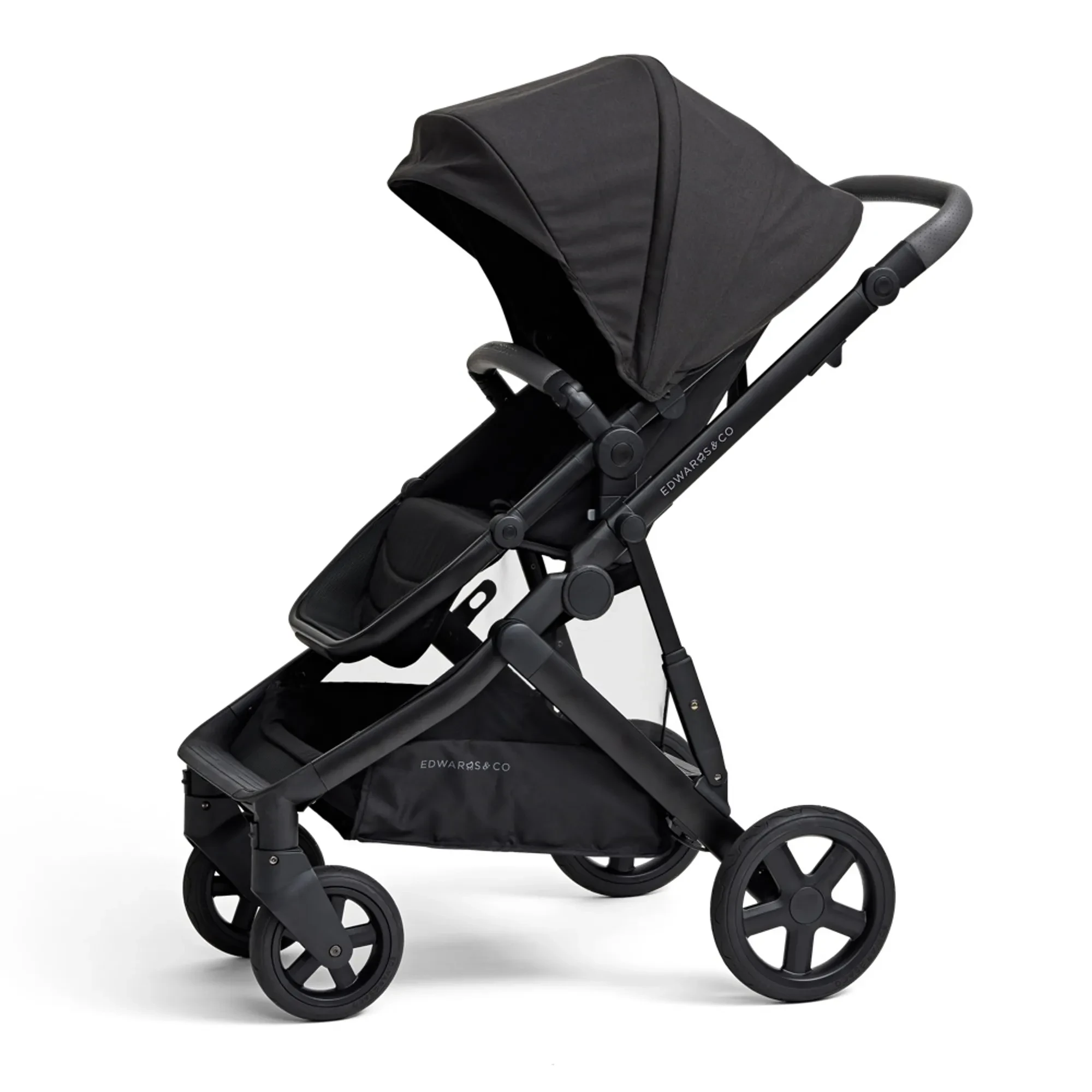
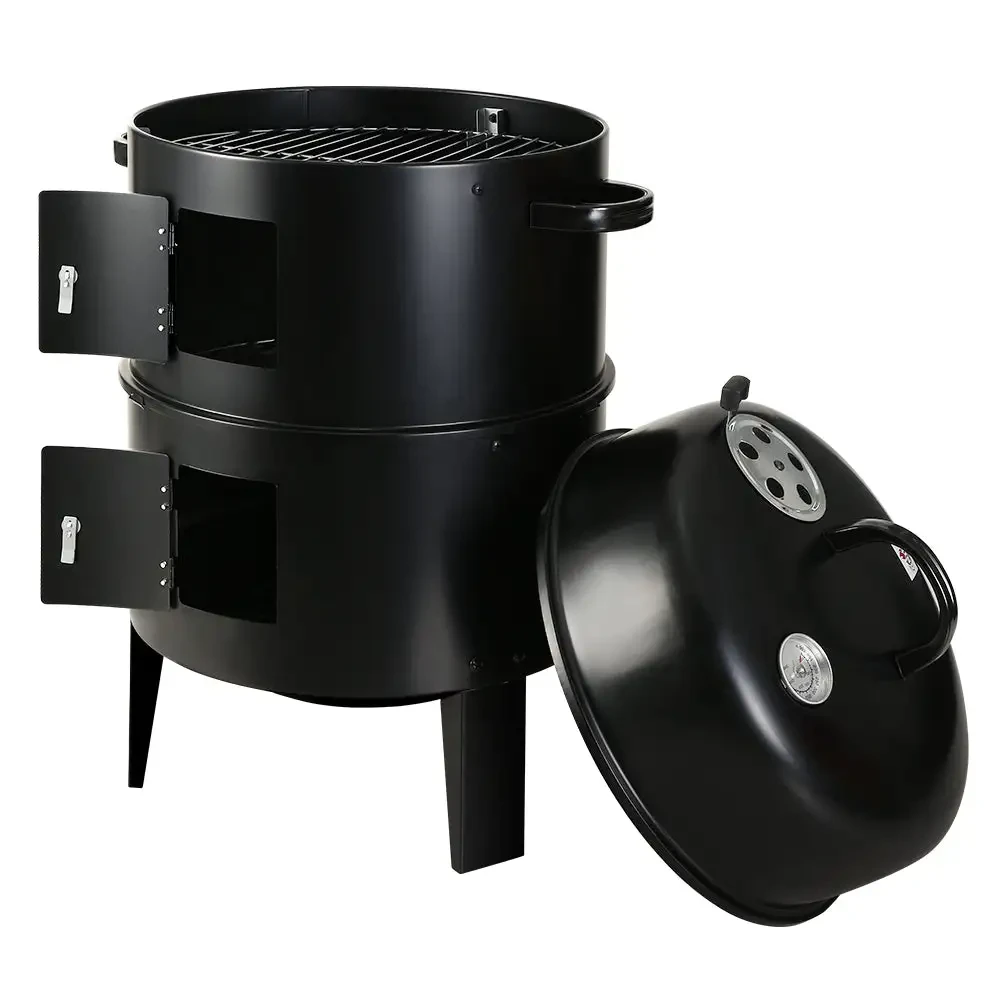
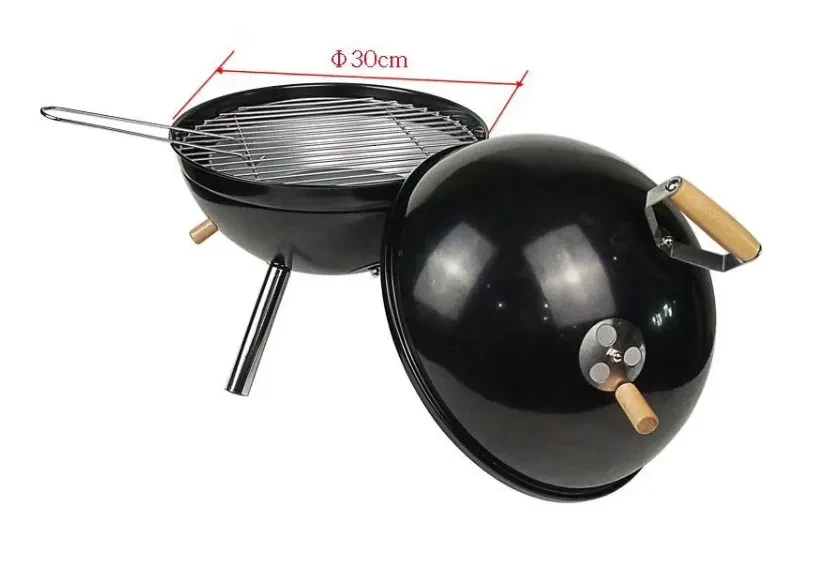
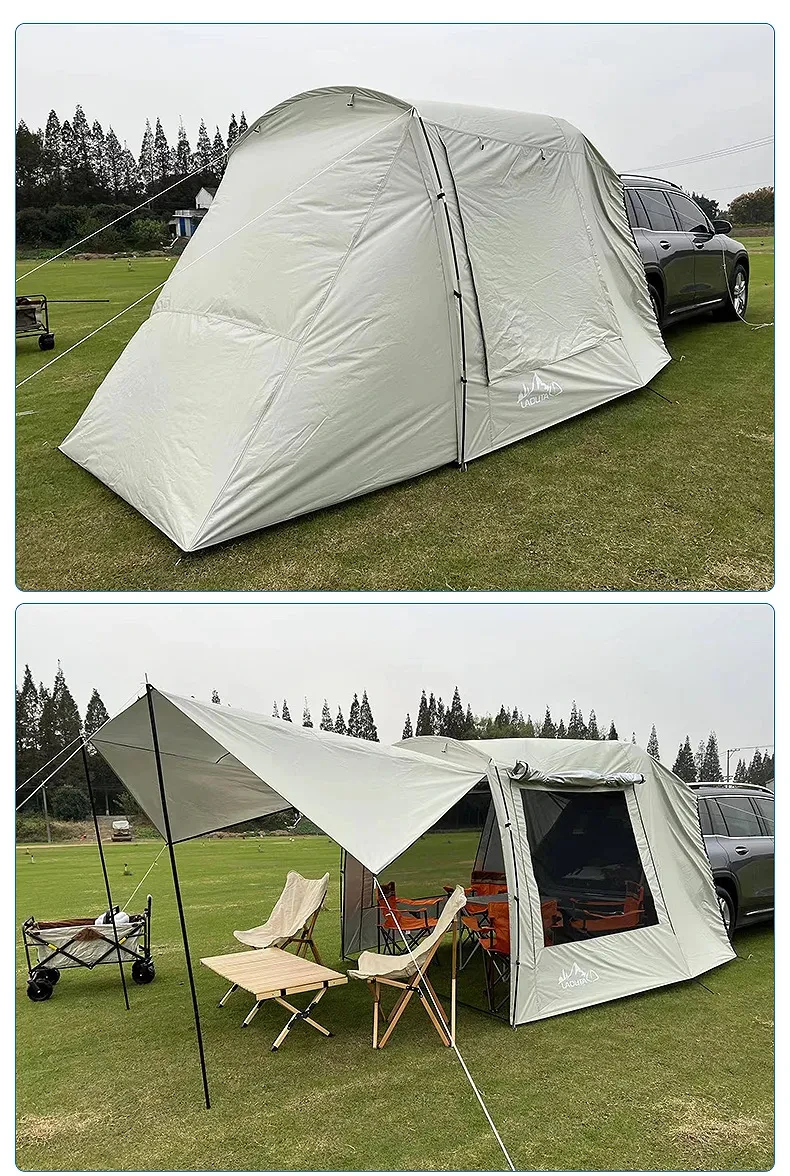
.webp)
.webp)
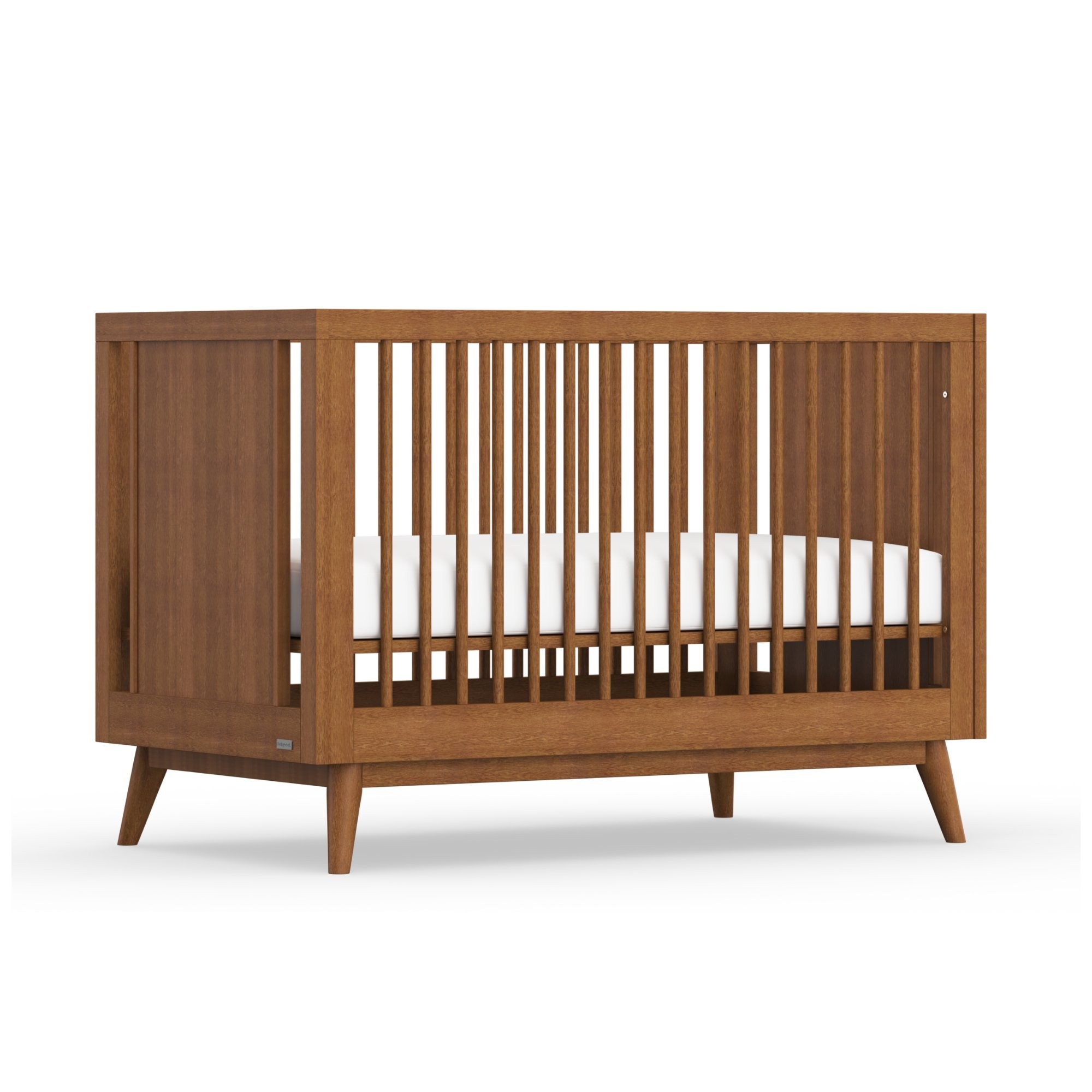
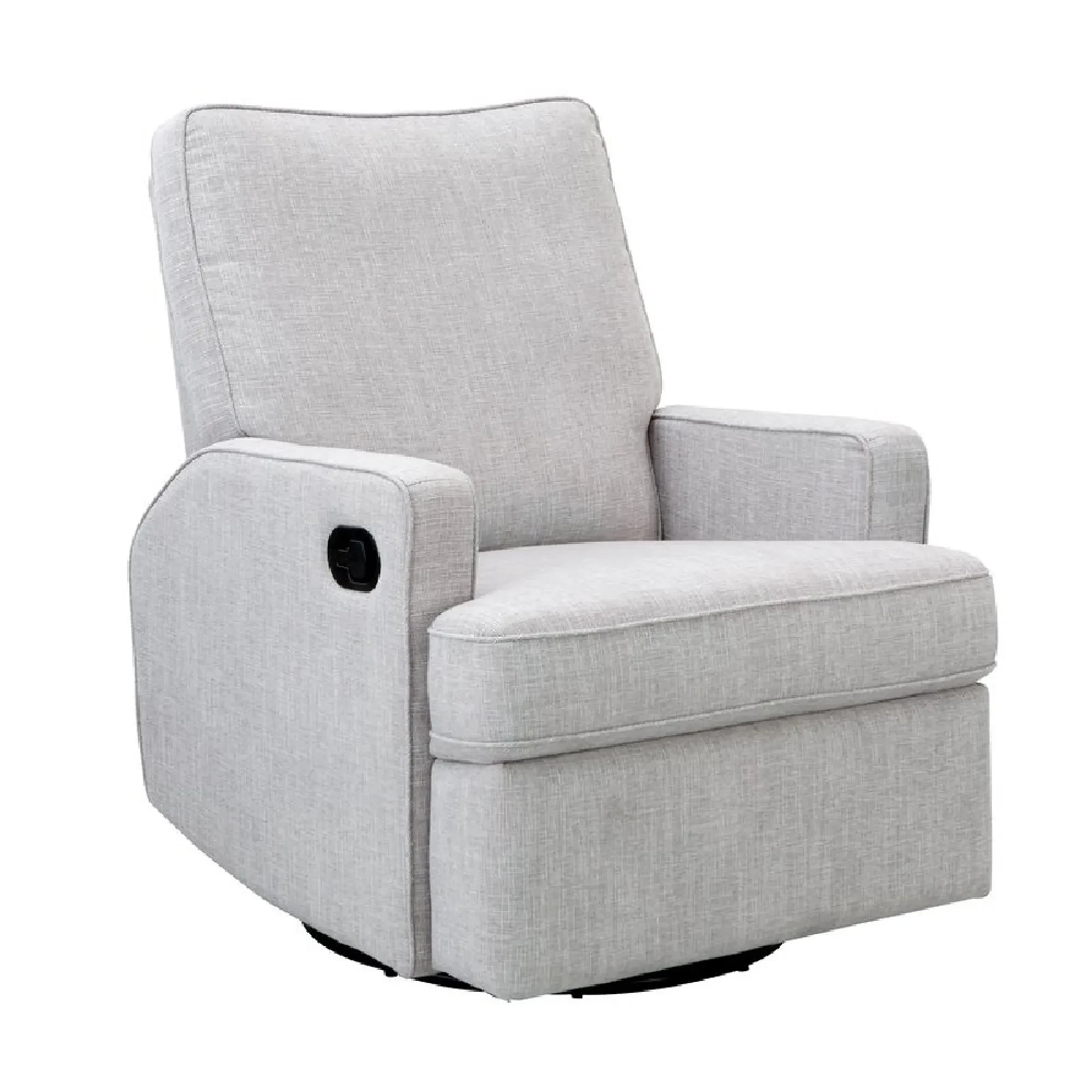
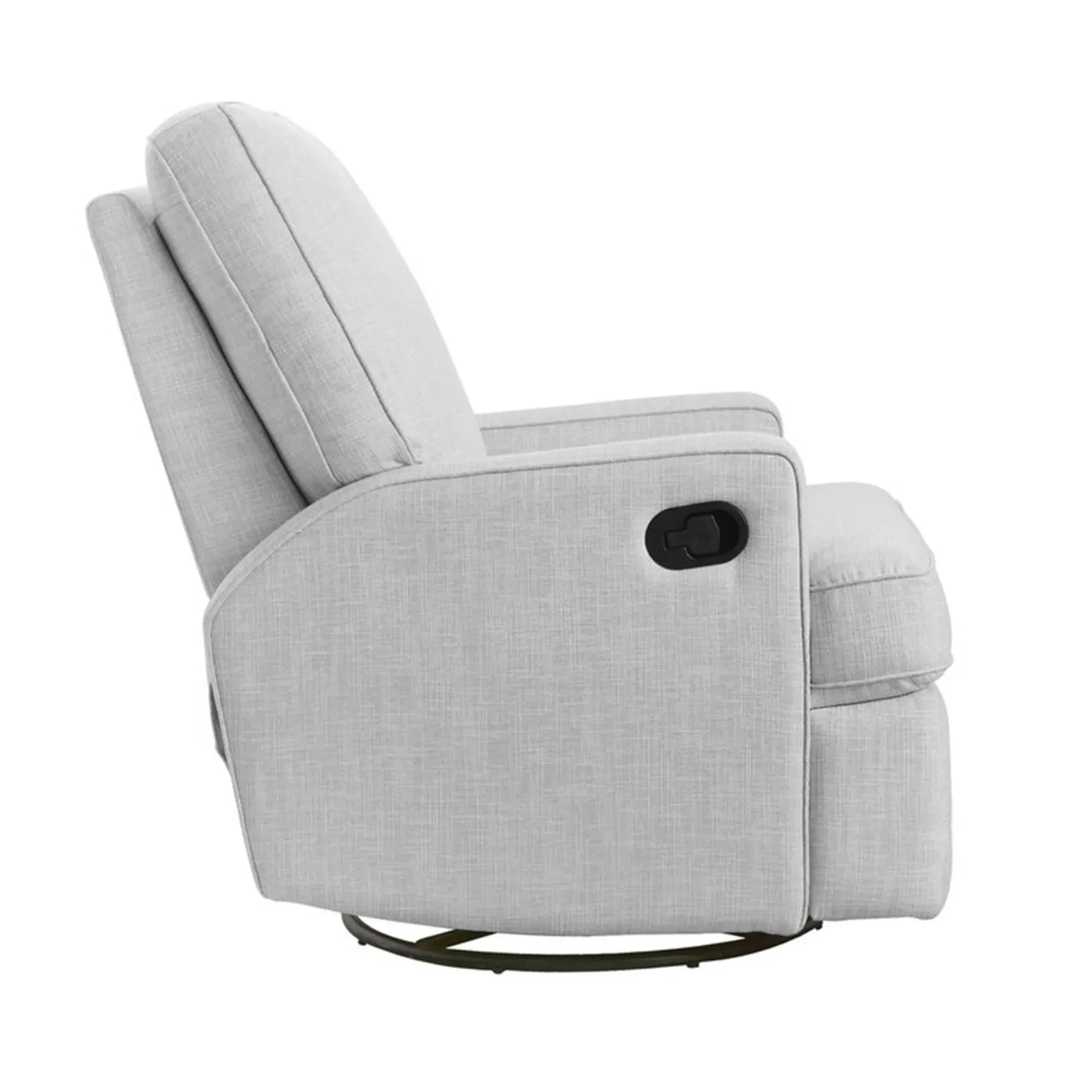


.jpg)









.jpg)


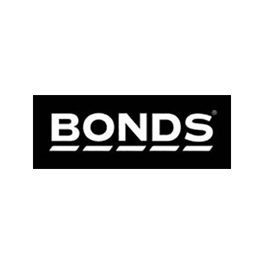


.jpeg)





.jpeg)



.jpeg)








.jpeg)
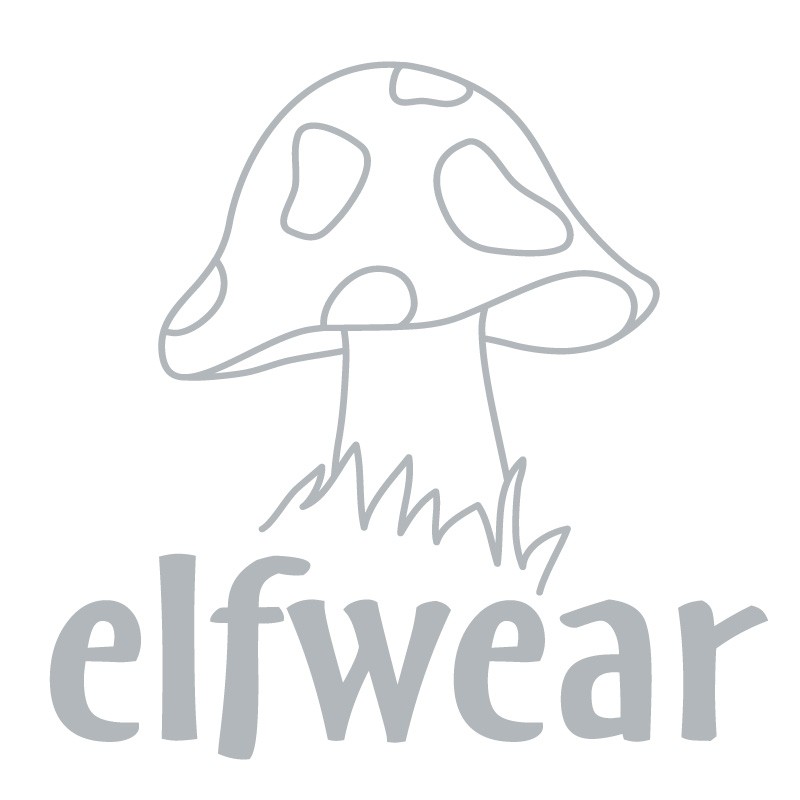


.jpeg)

.jpeg)

.jpeg)

.jpeg)
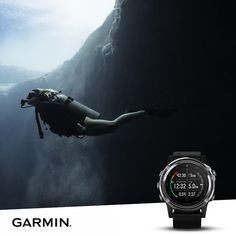

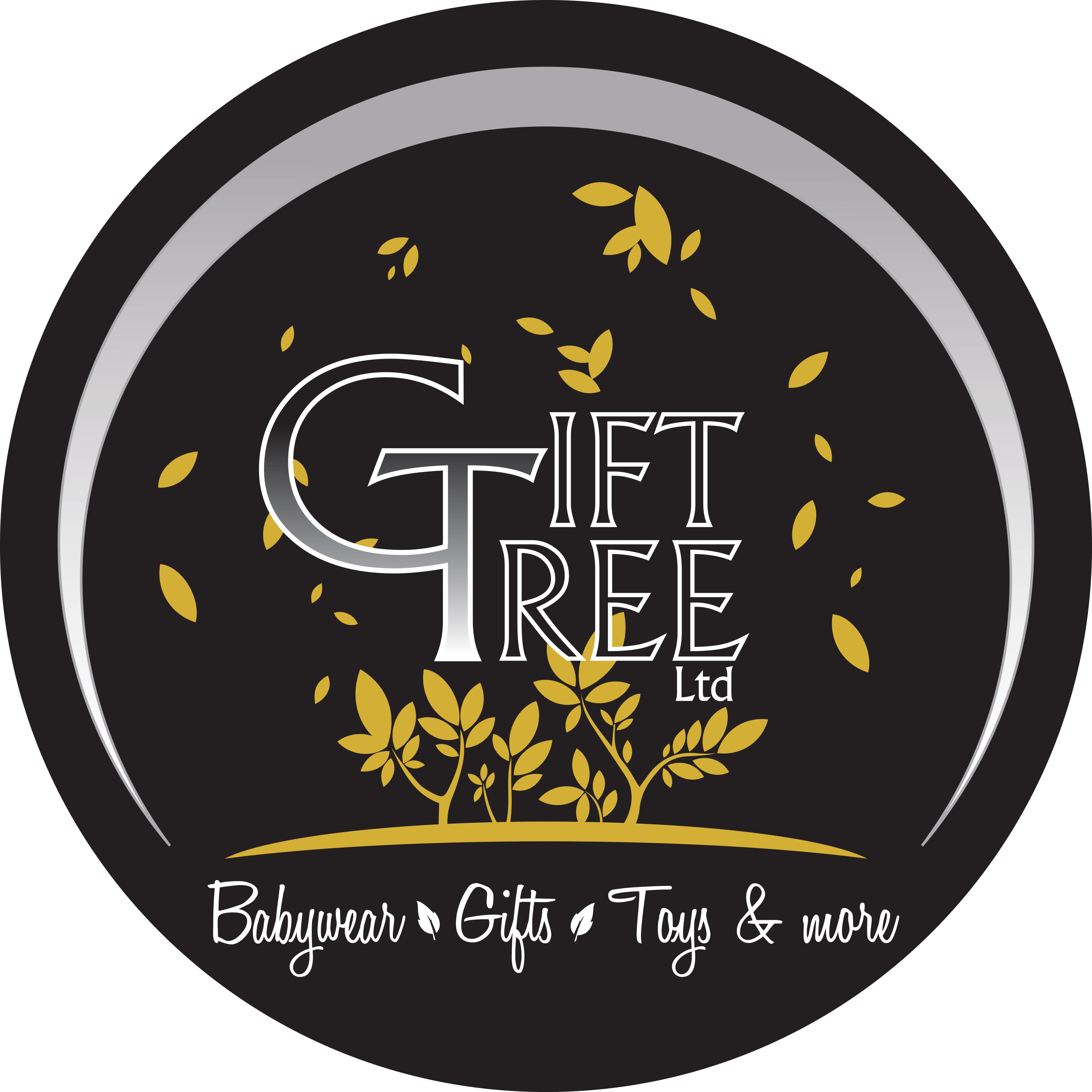

.jpeg)
.jpg)

.jpeg)






.jpeg)
.jpeg)




.jpeg)


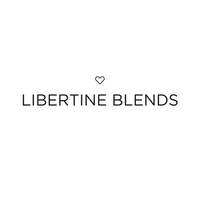
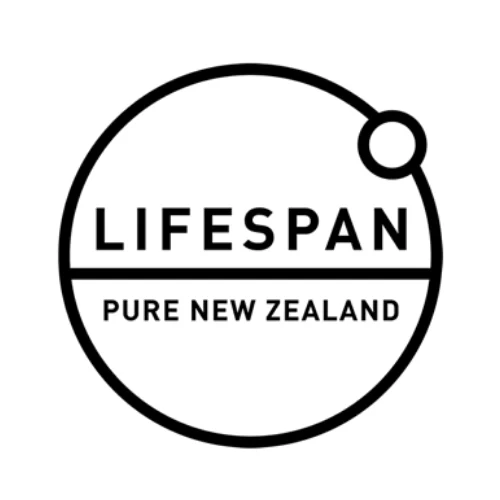

.jpeg)

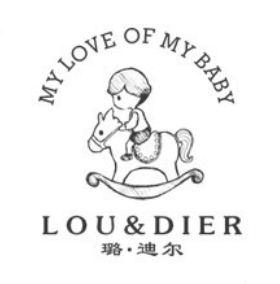
.jpeg)
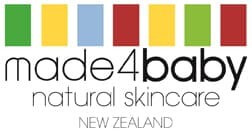
.jpeg)

.jpeg)

.jpeg)


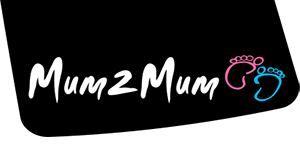




.jpeg)
.jpeg)
.jpeg)





.jpeg)



.jpeg)


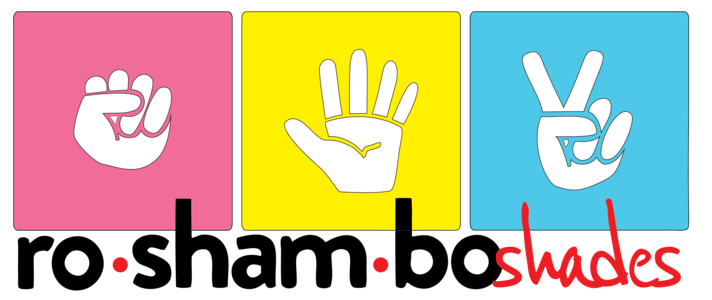

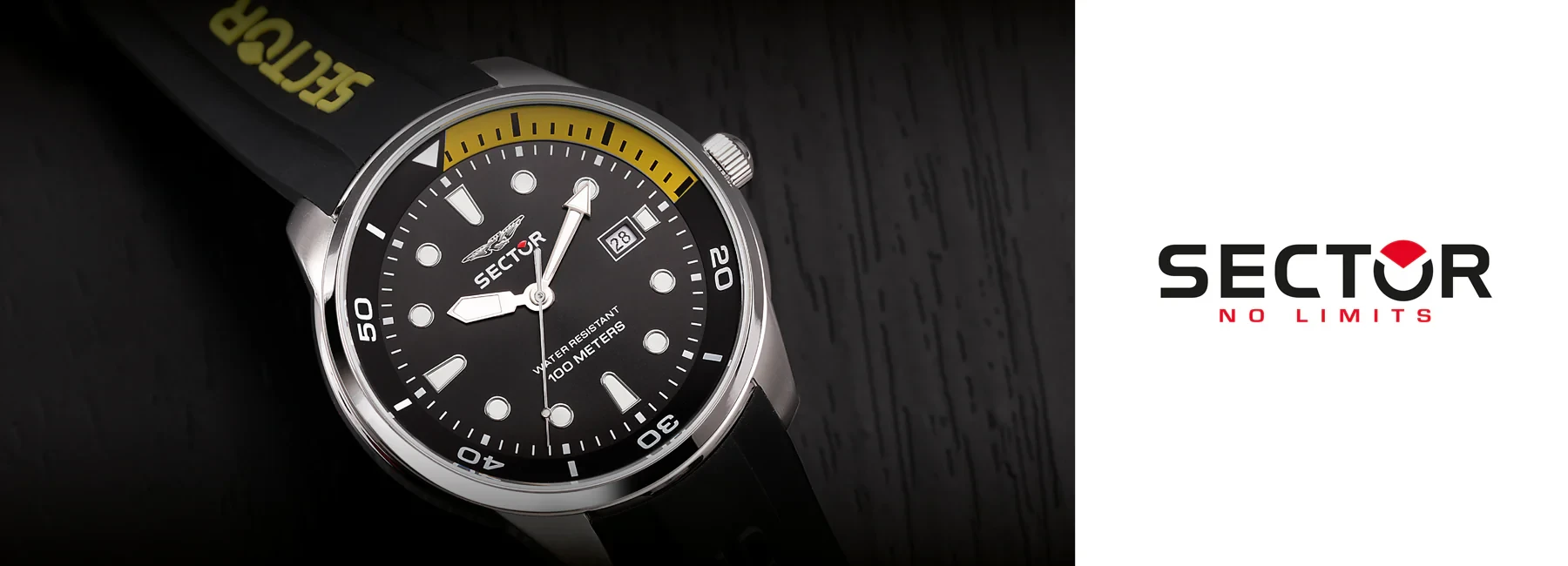
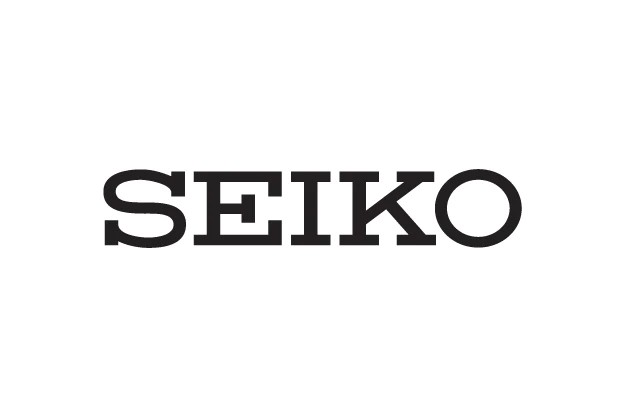
.jpg)
.jpeg)









.jpg)


ulva-Logo.jpg)




.jpeg)



.png)



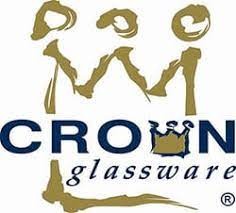
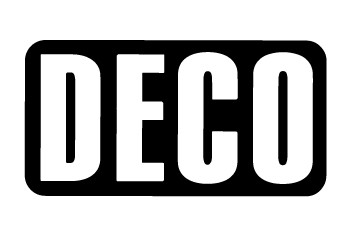
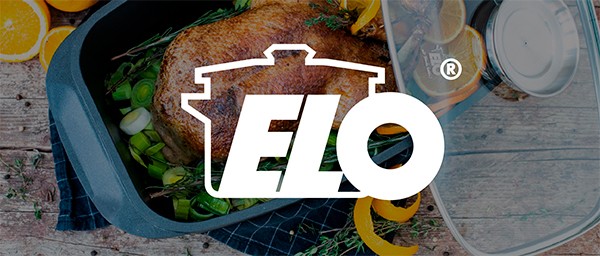
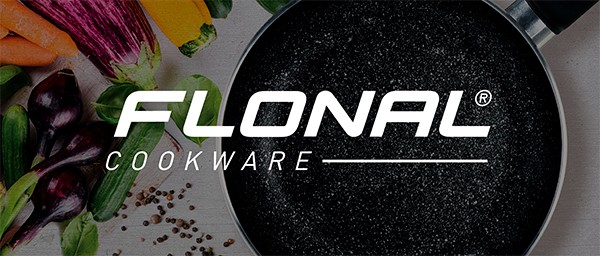

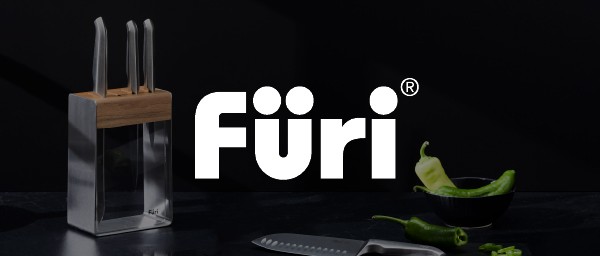

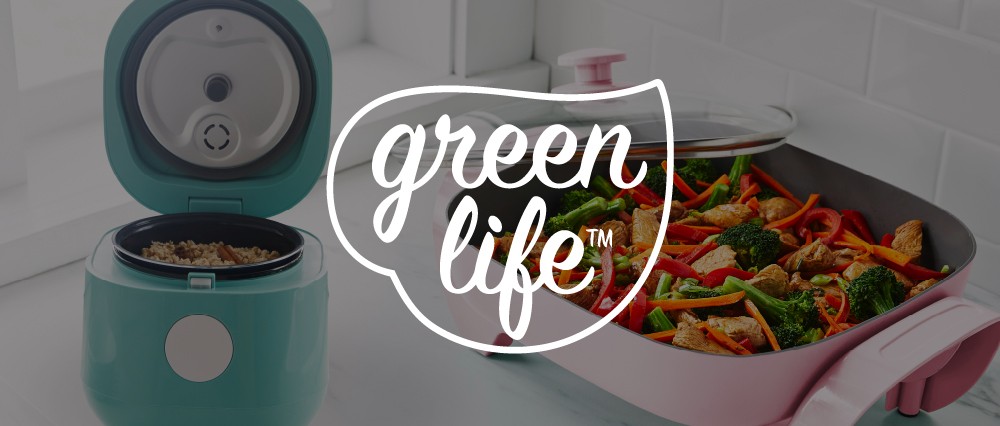


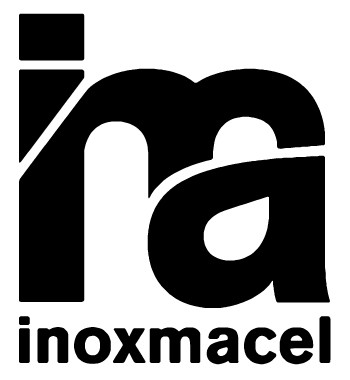

.png)












